Growing your own fresh vegetables in backyard beds or patio planters is a gift from Mother Nature. However, some produce varieties can make gardening seem like a curse. Popular veggies like tomatoes, peppers, and beans are garden staples because they are tasty and easy to grow. On the other hand, some well-known gourds, bulbs, and root vegetables take more than green thumbs to plant and harvest successfully.
Specific growing needs and intolerances to environmental elements are what typically make one plant more laborious to grow than the next. Whether starting from seeds or transplanting baby greens into the soil, some vegetables just aren’t adaptable and won’t sprout flavorful produce unless cared for to a T. For a stressless planting season, you’ll want to avoid these 11 difficult varieties to grow in your garden, or perhaps you’re up for the challenge, but you can’t say we didn’t warn you.
1. Artichoke
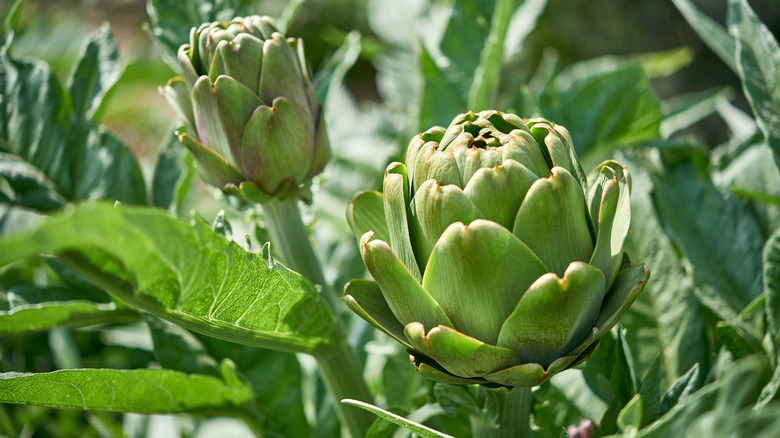
Artichokes (Cynara scolymus) are sensitive to frigid temperatures, high-heat intolerant, prone to pests, and require a lot of fertilization. This vegetable needs a sunny area to grow but cool spring weather for flowers to sprout. Plant them three to four weeks before the first frost if you want a harvest. Artichokes also have shallow roots, so you need to be careful tilling weeds. Mulch and nitrogen-high fertilizers are your friends when planting artichokes. They grow best in hardiness zones 6 to 9 with well-drained soil and full sun.
2. Celery
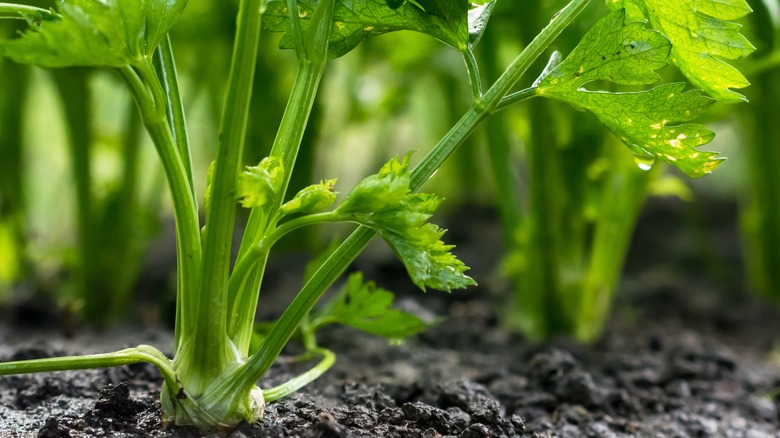
Apium graveolens, also known as celery, demands special treatment before it becomes chunks in your soup. It needs a lot of space, moisture, and nutrients. Without enough calcium, the crops are prone to black heart disease, and you won’t notice the discolored center until late in the season. You’ll need rich soil as celery’s short roots make it hard to gather nutrients. Its roots also can’t compete with weeds. If you’re up for the task, try growing celery in USDA zones 3 to 11. Make sure to plant each seedling a foot apart and water 1 to 2 inches weekly.
3. Cauliflower
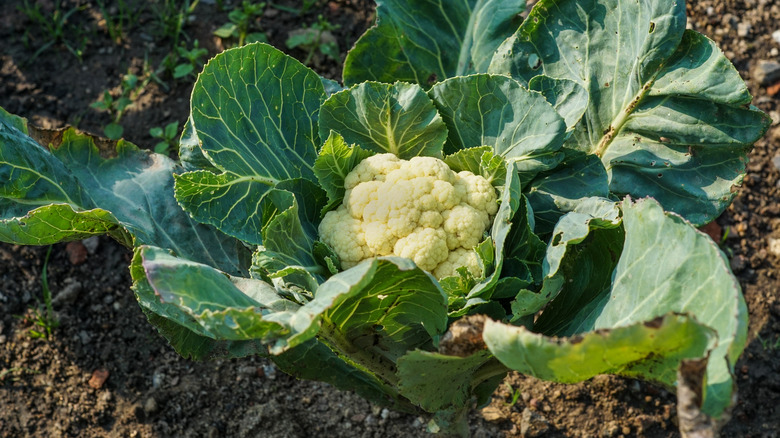
13threephotography/Getty Images
Cauliflower (Brassica oleracea var. Botrytis) likes moist, alkaline, and nutrient-rich soil. These vegetables need weekly deep waterings to soak the dirt. Without enough water and nourishment, the crops’ flavor may corrupt, and the crowns may grow small. If temperatures are too warm (above 86 degrees in the day and 77 degrees at night), there won’t be a crown at all. White cauliflower heads also require blanching. Once the crown sprouts, you must tie the leaves together, covering the flower to retain its creamy white color. Cool areas will have better luck with cauliflower, but they are hardy in zones 2 to 11.
4. Sweet corn
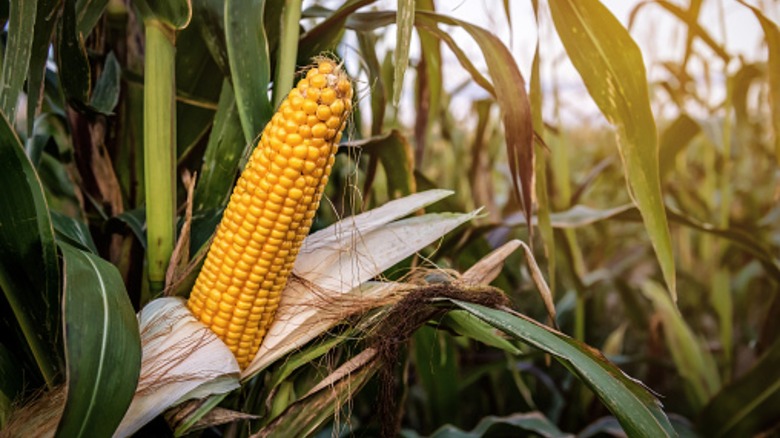
Vovashevchuk/Getty Images
Sweet corn (Zea mays subsp. mays L.) is one of six main varieties of corn and is harvested immature to eat as a vegetable instead of as a grain. You’ll need rich, moist soil for your sweet treat to thrive. Plant the corn in bundles of at least four rows to help with self-pollination. They have to be the same variety of corn, as cross-pollination leads to improper flavor and texture. Sweet corn is another shallow-root species that needs a weekly inch of water. Corn can grow in USDA zones 2 to 9. Your location will determine the best time to plant corn for a plentiful harvest.
5. Eggplant
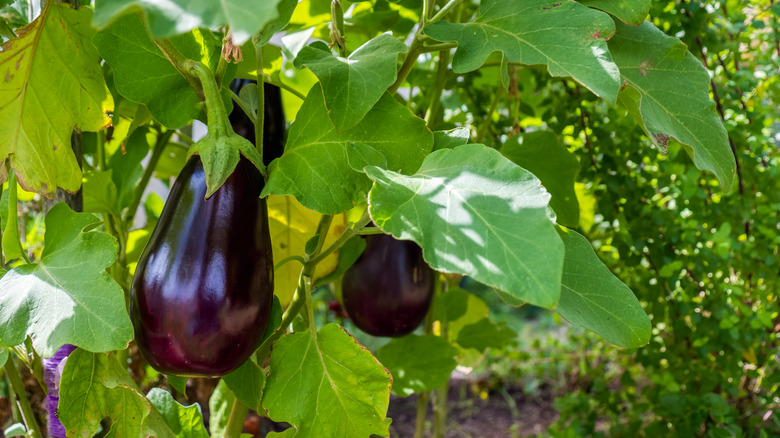
Moisseyev/Getty Images
Solanum melongena, better known as eggplants, thrive in full sun and fertile soil. These vegetables are picky about the temperature and won’t survive in cold weather. Eggplants are also particular about their water. Your plants may develop leathery fruit or rotten roots if they don’t receive their weekly inch or two of water. Rich soil is also a must, but over-fertilization will impede flowering and vegetable growth, leaving you with a bunch of leaves that are poisonous to consume. Hardiness zones 9 to 12 have the best chances of bountiful eggplant.
6. Winter squash
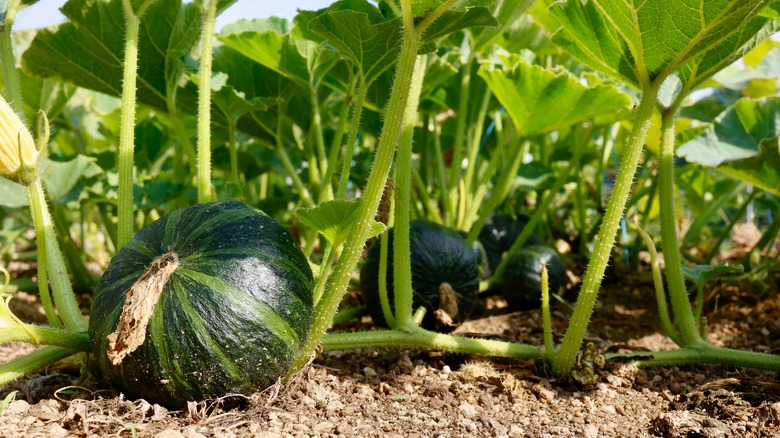
umaruchan4678/Shutterstock
There are key differences between winter and summer squash, a major one being how easy it is to grow. Winter squash (Cucurbita moschata), although adaptable, requires a large growing area and warm weather to sprout. Zones 3 to 11 are where winter squash are most hardy. Ideally, your crops need full sun, moist soil, and a foot of space per plant to thrive. You’ll need to watch out for pests, too. Cucumber beetles, squash bugs, and squash vine borers, along with common insects like slugs and aphids, can damage your gourds. However, spraying your plants with insecticide is risky as it can deter the bees needed to pollinate.
7. Carrots
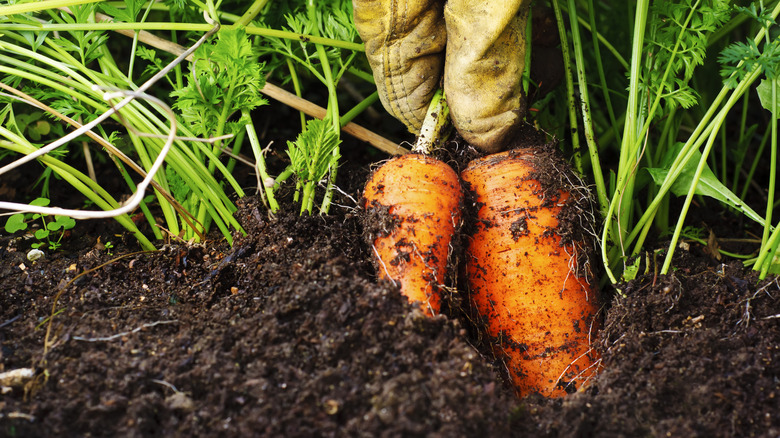
Mrod/Getty Images
Carrots (Daucus carota L.) have specific requirements to survive the growing season. You’ll have to prepare the soil at least 8 inches deep to accommodate the underground vegetable. Heavy or clay soils aren’t compatible. Sandy, moist, warm soil is best for carrots. However, growing from seed is difficult as the seeds are tiny, often leading to improper spacing and heavy planting that causes roots to tangle. Plus, carrots won’t grow if there are weeds, and seedlings are too weak to compete with the unwanted plants. For the best odds, try gardening carrots in USDA zones 3 to 11.
8. Onion
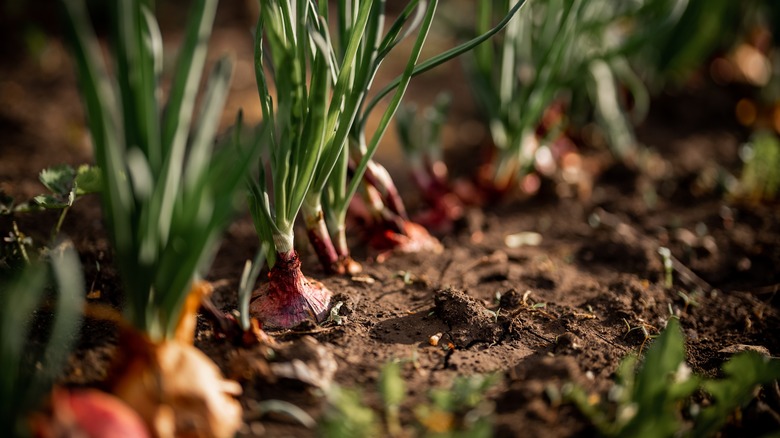
Stock Holm/Shutterstock
While the green tops of onions (Allium cepa) are easy to grow, the bulbs are high maintenance. Onions require more nutrients than other vegetables. Hence, organic-rich soil is essential. The soil’s pH is important, too, and should ideally be between 6.0 and 6.8. For adequate care, you’ll need to know what group your onion belongs to. Short-day (hardy in zones 7 to 13) needs at least 11 hours of sunlight, intermediate/day-neutral (hardy in all zones) at least 13 hours, and long-day (hardy in zones 1 to 6) at least 16 hours. Onions are also another short-root vegetable, so consistent watering is key.
9. Sweet potato
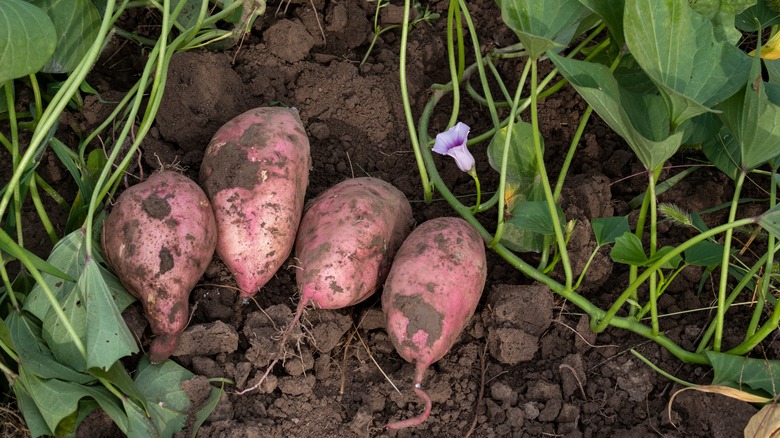
PromKaz/Shutterstock
In USDA hardiness zones 3 to 11, warm weather, full sun, and consistent moisture work together for sweet potatoes (Ipomoea batatas) to flourish, but it’s not that easy. These starchy tubers are frost and drought-sensitive. If the sweet potato’s vines freeze, you’ll need to dig up the roots right away. Otherwise, the decay will spoil the entire vegetable. Since healthy roots won’t stop growing, by day 80 in the 90 to 150-day cycle, you should check on your potatoes to ensure it hasn’t overgrown and split open. Plus, you’ll have to deal with pests like sweet potato beetles and wireworms.
10. Head lettuce
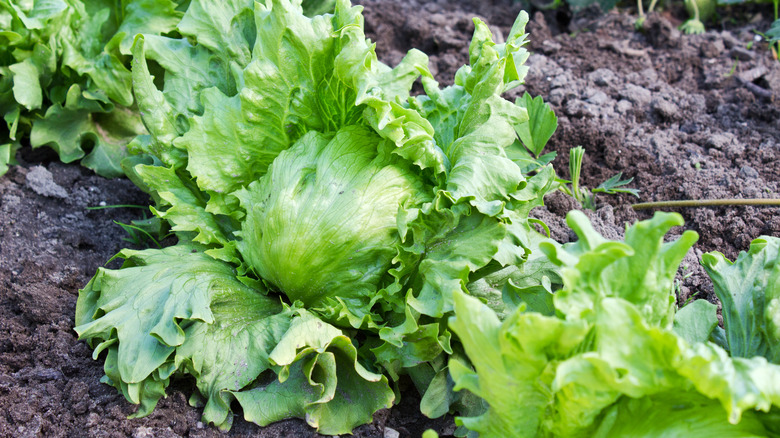
Coramueller/Getty Images
When growing lettuce (Lactuca sativa), most opt for fast and easy-growing loose-leaf lettuce. Its cousin, head lettuce, like the popular iceberg variety, is more difficult to grow. Head lettuce is heat-intolerant and can develop a bitter profile when exposed to consistently high temperatures. This zone 2 to 11 hardy crop prefers rich loam soil and lots of water. Overwatering can lead to soft produce. Your head lettuce also needs 12 inches of space apart from each other, but the tiny seeds make precision planting tedious. Don’t forget to remove weeds. The unwanted plants will win in a competition for space and nutrients against the salad staple.
11. Asparagus
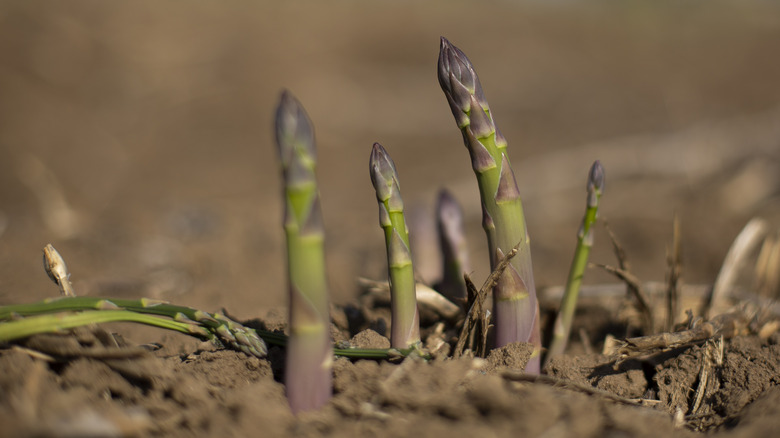
Bloomberg/Getty Images
Asparagus (Asparagus officinalis) does not tolerate extremely acidic soils or frost. Its deep roots need well-draining soil and lots of sunlight for the best crop. But patience is what makes these vegetables difficult to grow. If you plan to reap these veggies in the first year, think again. It is recommended not to harvest the spears in the first growing season so the asparagus can build up strength. However, if you’re in USDA zones 3 to 11, you can enjoy the stems in the second year. Although, you may prefer easy-growing and cost-effective vegetables for your garden instead.



